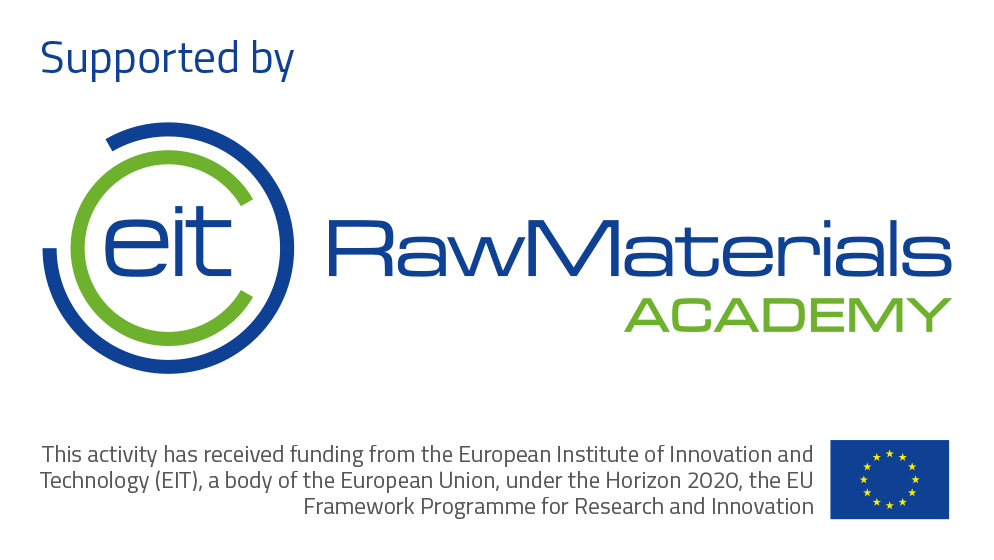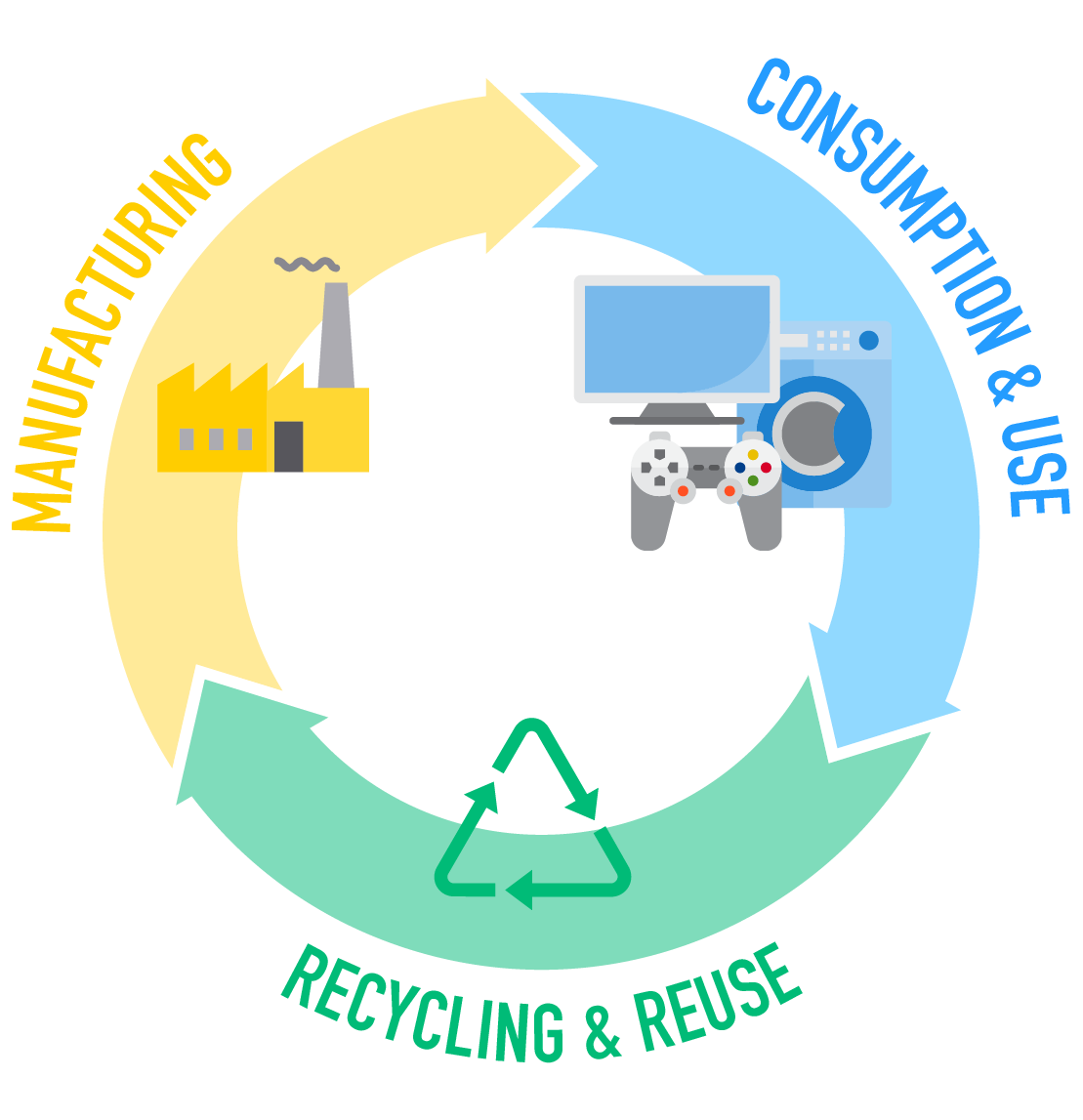1.008




![]() Hover over a device to see what raw materials it contains
Hover over a device to see what raw materials it contains
E-mining@School is a project about e-waste and education projects with schools all over Europe teaching students about E-waste and empowering students to teach their communities and perform waste collections and raise awareness for critical raw materials.
We generate 125,000 commercial airplanes worth of E-waste every year.
How can we solve the E-waste problem?
How to transition through critical mass.
How should we power the circular economy?
Education project on E-waste for students by students.
Our partners in the E-mining project.
Placeholder
Contact us for more information on Circular economy or E-mining.
The economy, our country's' production and consumption which we experience every day is something we don’t think about very much. We find food on the table, clothing in the closet and our phone, laptop or headphones on the table without asking ourselves every day where they came from. Making all these things requires a huge variety of different materials, someone who produces the product and of course someone who picks it up once it is waste.
Over the past decade the world population has been growing and it will grow further. This means that there are more people that need food, clothing and electronic devices. However the place where we retrieve the material, our planet, of course has its limits and raw materials are not endless.
That means, if we want to satisfy everyone’s needs, we have to find new sources of material. We do that by changing the way our economy works from linear to circular.

The economy which we know from our day to day life is actually called a linear economy. But what is so linear about it? It is the way in which material travels along the supply chain. Material enters the economy on the left of this timeline or supply chain, and exits it on the right. This means it travels from sourcing of raw material to smelting and thereby the creation of the actual material. Afterwards the material is used for the component production and then the final product manufacturing. After being sold by the retailer, the product arrives in our houses and ends up in the waste bin and gets transported to the landfill or burning facility.
But where does the material come from which we introduce to the first step? And where does the material go after it has been used in the economy? Looking at our planet, we know that nothing is lost. All material that is wasted after use is either stored in landfills or used to create energy, for example by burning it. Now that we know that nothing is lost, why don’t we try to treat it in a good way and use it again?

That is Circular Economy!
The circular economy just transforms the linear economy into a circular economy by forming a circle connecting the “Sourcing”- stage with the “waste”-stage or even earlier stages. That means waste is directly transformed into the materials that then enter the production process.
But how is that possible? Is it not just waste?
Indeed the products and devices, e.g. phones, clothing and food packaging are waste and not functional anymore. That however doesn’t mean that the material of the products, e.g. plastic, metal or cotton are not usable anymore.
After cleaning and sorting materials according to their concrete elements and additives, like e.g. colour or flame retardant it is possible to smelt the material again and use it instead of newly sourced metals, harvested cotton or primary plastic made directly from oil.
But if it is so easy, why are we not doing that yet?
In fact, at the moment only 30% of plastic waste and less than 20% of cotton waste is recycled in order to use it for new products. That is because recycling as we do it today takes a lot of time and energy and leads to a low quality of material and often ends up in more costs of recycled material compared to the sourcing of new materials.
That is the reason why Circular Economy does not just mean recycling a bit more than now. Circular Economy means a change of our entire economy and society.